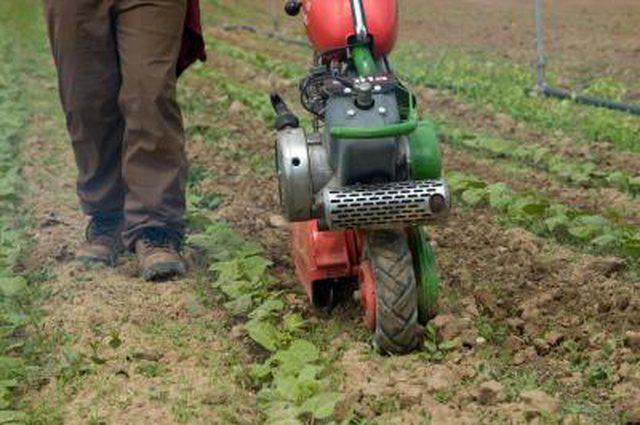Bulbs
Flower Basics
Flower Beds & Specialty Gardens
Flower Garden
Garden Furniture
Garden Gnomes
Garden Seeds
Garden Sheds
Garden Statues
Garden Tools & Supplies
Gardening Basics
Green & Organic
Groundcovers & Vines
Growing Annuals
Growing Basil
Growing Beans
Growing Berries
Growing Blueberries
Growing Cactus
Growing Corn
Growing Cotton
Growing Edibles
Growing Flowers
Growing Garlic
Growing Grapes
Growing Grass
Growing Herbs
Growing Jasmine
Growing Mint
Growing Mushrooms
Orchids
Growing Peanuts
Growing Perennials
Growing Plants
Growing Rosemary
Growing Roses
Growing Strawberries
Growing Sunflowers
Growing Thyme
Growing Tomatoes
Growing Tulips
Growing Vegetables
Herb Basics
Herb Garden
Indoor Growing
Landscaping Basics
Landscaping Patios
Landscaping Plants
Landscaping Shrubs
Landscaping Trees
Landscaping Walks & Pathways
Lawn Basics
Lawn Maintenance
Lawn Mowers
Lawn Ornaments
Lawn Planting
Lawn Tools
Outdoor Growing
Overall Landscape Planning
Pests, Weeds & Problems
Plant Basics
Rock Garden
Rose Garden
Shrubs
Soil
Specialty Gardens
Trees
Vegetable Garden
Yard Maintenance
How to Get Your Vegetable Garden Ready for Planting
How to Get Your Vegetable Garden Ready for Planting. With the right preparation, vegetable gardens are relatively easy to care for and will produce plenty of food for the summer months, and even the months to come. Aside from choosing the right plants for your gardening zone and your tastes, the most important thing a great vegetable garden needs...

With the right preparation, vegetable gardens are relatively easy to care for and will produce plenty of food for the summer months, and even the months to come. Aside from choosing the right plants for your gardening zone and your tastes, the most important thing a great vegetable garden needs is proper soil preparation.
Things You'll Need
Newspaper or cardboard (optional)
Compost
Rototiller (optional)
Shovel or spade
Soil testing kit
Wooden stakes
Twine
Measuring tape
Location and preparation
Select the right location. Vegetable beds require at least six full hours of sun every day. Morning sun will dry off the plant leaves, preventing many diseases such as rot and mildew. Vegetables that don’t get at least six hours of sun may not produce food, or will produce less food than they should. They’ll also be more prone to disease.
Remove all rocks from the vegetable garden bed and cover the location with layers of newspaper or cardboard, the autumn before planting. Cover the cardboard with rich organic compost and this will kill weeds and enrich the soil. (If the area is relatively weed free, you may instead rototill organic matter such as leaves and manure into the soil.)
Rototill the bed in the early spring, when the soil is no longer wet.
Test your soil’s pH, using a soil-testing kit from a gardening center.
Amend the soil, as instructed by the soil testing kit. This may mean adding peat moss, lime or some other organic material to make the soil more fertile.
Double dig the soil, using a shovel or spade. Dig a trench about a foot wide along one side of the garden, to the full depth of the shovel. Place the soil you dig up to one side of the trench. When you begin the next trench, next to the first one, put the soil from the second trench into the first trench. This process lets your plants’ roots grow deeply, allowing them to be more productive and making it possible to sow plants closer together.
Rake the soil to level it.
Measure out rows, marking them with stakes. Make the rows far enough apart that you can easily walk between them. Place one stake at the beginning of each row and one stake at the end. Tie twine to a stake at the beginning of a row and stretch it across to the corresponding stake at the end of the row. Repeat for every row.
Hoe a small mound for each row, directly underneath the twine.
Water the garden well, and allow to drain for a few minutes.
Sow seeds directly into the soil, as directed on the seed packages, or plant seedlings according to nursery labels.
Tips & Warnings
Avoid walking on areas of the soil where plants will live. This compacts the soil, making it harder for plants to spread their roots and obtain water and nutrients.